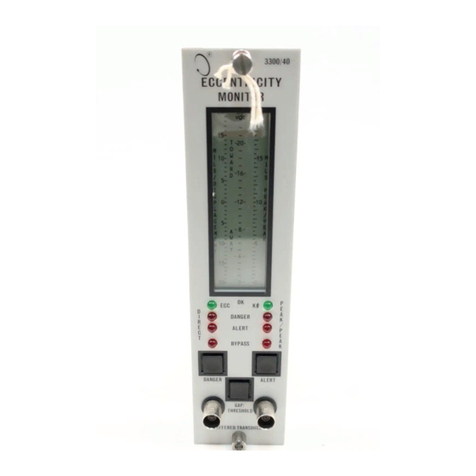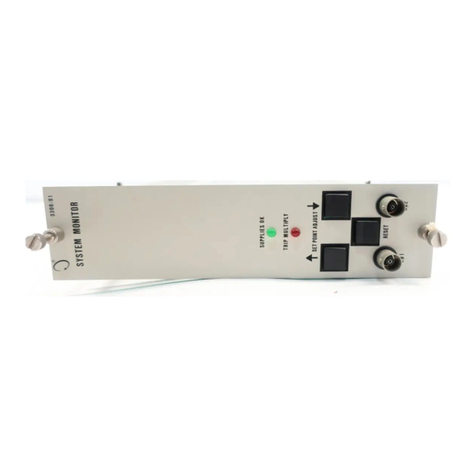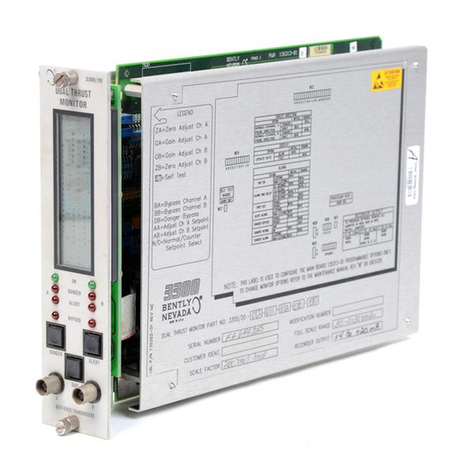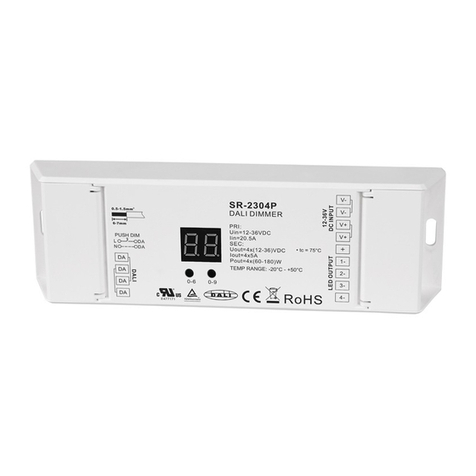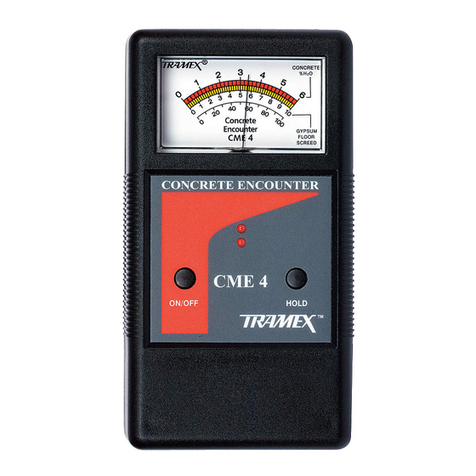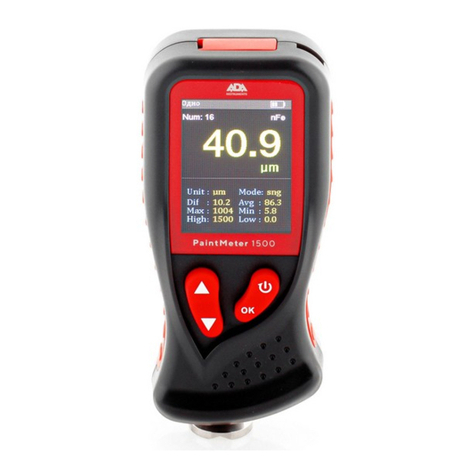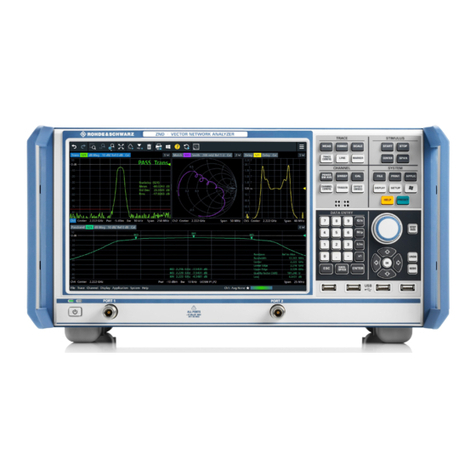
84417-01 Case Expansion Monitor Operation
4MONITOR FUNCTIONS
CASE EXPANSION - The Case Expansion
Monitor continuously monitors the expansion
of the machine case on both sides of a
machine. The monitor uses signals from two
linear variable differential transducers (LVDT)
mounted on both sides of the machine case.
LVDTs can be oriented so that the expansion
of the machine case is either toward or away
from the LVDT. The Case Expansion Monitor
provides an alarm if the expansion of the
machine case is not the same on each side.
OK - When the output voltage of the LVDTs is
within its upper/lower limits, the transducer is
defined as OK. The OK detection circuit
controls the channel OK LED and the monitor
relay drive to the OK Relay. If the monitor has
the Latching Not OK option chosen, a System
Reset is required to reset the OK function.
OK RELAY - The OK Relay is located on the
Power Input Module. Every channel in the rack
must be OK or bypassed to energize the OK
Relay.
DIRECT AND DIFFERENTIAL MODE - The
Case Expansion Monitor can display the
expansion of the machine case in two ways,
direct or differential. In the direct mode, the
monitor shows the amount of expansion as
measured by the LVDTs on both sides of the
machine. The two measurements are
displayed on the bar graphs for channel A and
B. In the differential mode, the monitor
displays the difference between the two
measured expansions. This difference is
displayed on the bar graph for channel A, and
the bar graph for channel B is blanked. The
monitor can be toggled between direct and
differential modes by pressing the MODE
switch.
ALARM - Since alarms for the case expansion
monitor use differential values, alarm setpoints
may be read when the monitor is in the
differential mode only. Pressing the Alert or
Danger Switch on the front panel of the
monitor causes the corresponding Alert (first-
level alarm) or Danger (second-level alarm) set
points to be displayed on the channel A
bargraph on the front panel. Pressing alarm
switches when the monitor is in direct mode
gives a blank display. When the differential
expansion signal exceeds the preset levels for
the selected time delay, the Alert and Danger
LEDs come on and the appropriate Alert and
Danger alarm relay contacts activate.
FIRST OUT - Separate First Out circuits exist
for Alert and Danger alarms. A monitor with
First Out option selected flashes a channel
alarm LED if that channel was the first channel
in the rack to go into alarm since the last
reset. Pressing the RESET switch
acknowledges the First Out.
ALARM RELAYS - Monitor alarms can be
programmed for either the latching or non-
latching mode. In the non-latching mode, the
alarm resets automatically when the alarm no
longer exists. In the latching mode, the alarm
condition must be reset manually by pressing
the RESET switch on the front panel of the
System Monitor or by closing external Reset
contacts. The alarm will not reset if the alarm
condition still exists.
DANGER BYPASS - Danger Bypass inhibits the
danger relay drive. Other monitor functions
continue. When Danger Bypass is on, the
Bypass LEDs for both channels are on. This
function can be enabled by installing a
programming jumper on the monitor.
4
•
•




















